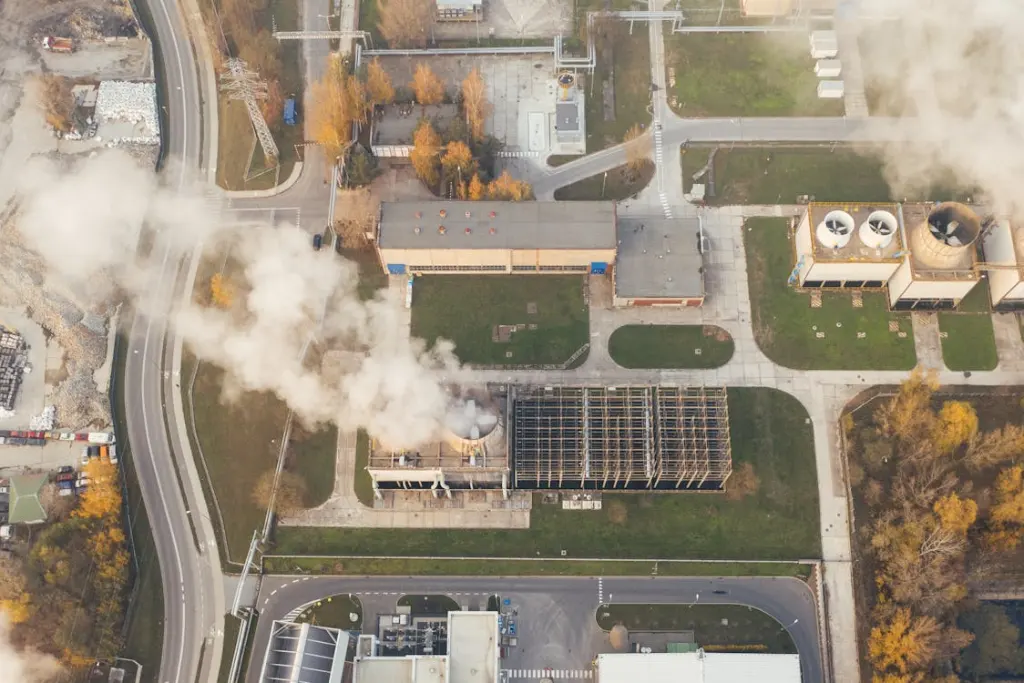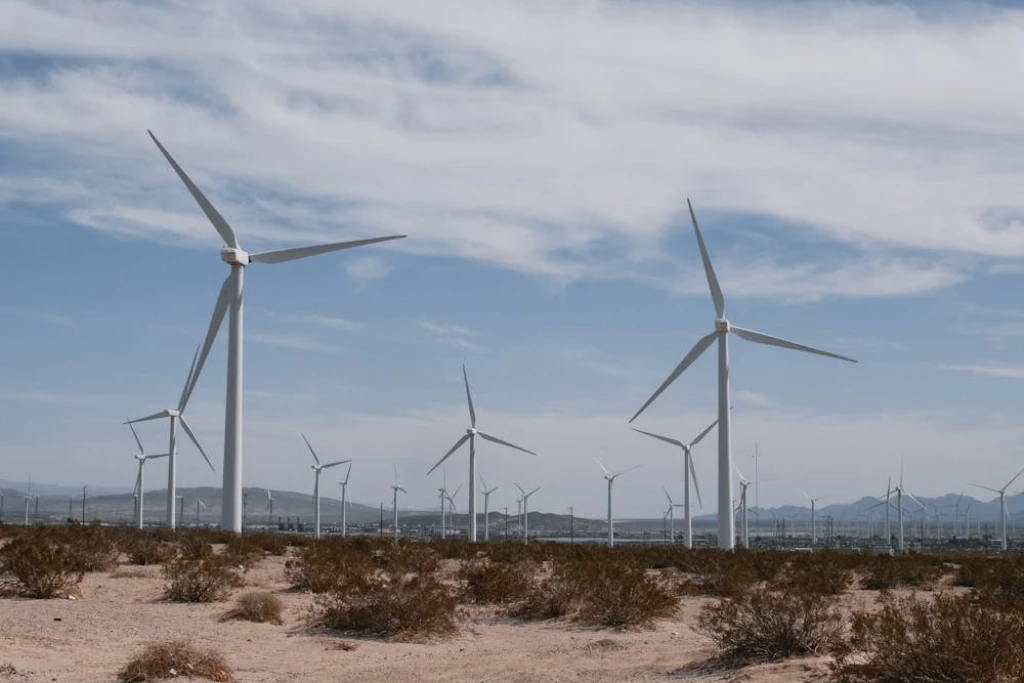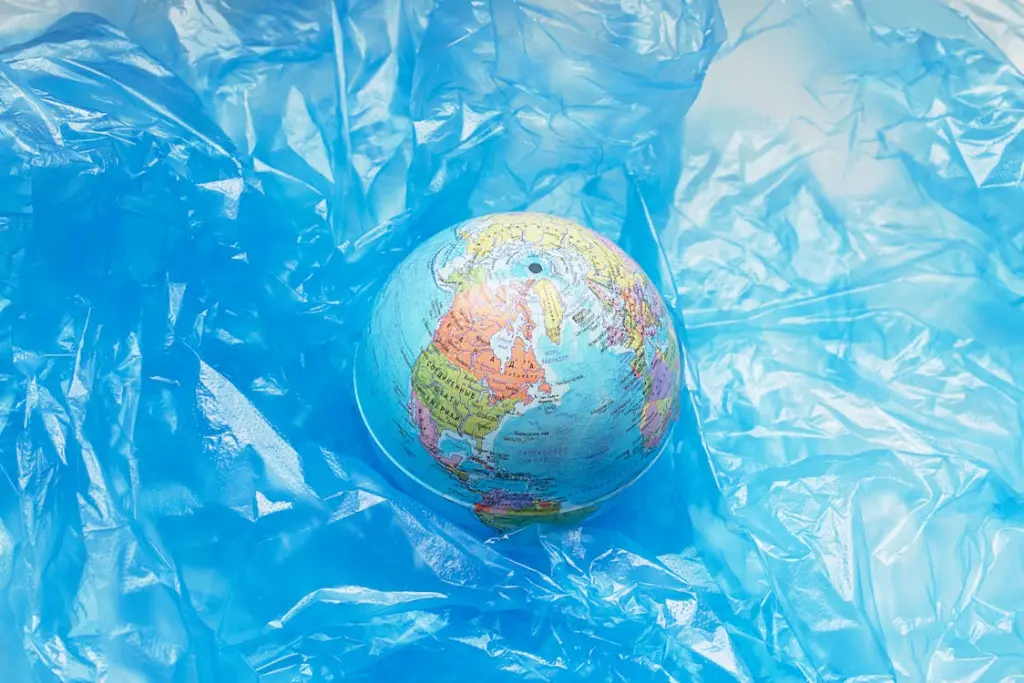With good cause, climate change has become a major worldwide concern.It affects everything from biodiversity and agricultural production to weather patterns and sea levels. However, how do scientists know that climate change is occurring and what are the precise causes? Making wise decisions and advocating for practical solutions require an understanding of the science underlying climate change.
Climate Change: What Is It?
Fundamentally, longterm changes in weather patterns and temperatures are referred to as climate change.Although Earth’s climate has fluctuated naturally throughout history, human activity is largely to blame for the current trend of rapid warming, particularly since the late 18th century’s industrial revolution.
An Explanation Of The Greenhouse Effect
By acting as a blanket, the Earth’s atmosphere keeps the planet warm enough to support life.The greenhouse effect, a natural phenomenon in which specific gases retain heat from the sun, controls this warming.
Among the main greenhouse gasses are:
When fossil fuels like coal, oil, and gas are burned, carbon dioxide (CO₂) is released.
Methane (CH₄) is produced via gas leaks, landfills, and agriculture, particularly cattle.
Industrial activities and fertilizers release nitrous oxide (N2O).
The warming is accelerated by water vapor, which is not directly brought on by human activity.
The phenomena known as global warming occurs when an excessive amount of these gases are released into the atmosphere, trapping extra heat and raising Earth’s temperature.
How Climate Change Is Measured By Scientists
Direct measurements and historical data are both essential to climate science.Researchers use the following methods to monitor and comprehend our changing climate:
1. Records Of Temperature
Since the 1880s, temperature readings using instruments have been documented all around the world.The Earth’s average surface temperature has increased by roughly 1.2°C (2.2°F) from pre-industrial periods, indicating a definite upward trend.
2. Cores Of Ice
Ice cores are extracted by scientists by drilling deep beneath glaciers and ice sheets.Trapped air bubbles in these frozen samples preserve atmospheric data spanning hundreds of thousands of years.
3. Sediment Layers & Tree Rings
Tree rings, coral development, sediment layers, and other natural records aid in the reconstruction of past climate trends, demonstrating that the current warming is unparalleled in human history.
4. Information From Satellites
Current satellites provide precise, worldwide insights into the health of the planet by continuously monitoring the temperature, sea levels, ice cover, and even changes in flora.
The Loops Of Feedback
The process of climate change is not straightforward or linear. Feedback loops—cycles that can hasten or slow change—are involved.
Positive feedback: As ice melts, the Earth’s albedo (reflectivity) decreases, increasing heat absorption and hastening warming.
Negative feedback: More CO₂induced plant growth can absorb more carbon, but this benefit is small and frequently balanced by ecosystem damage.
The Function Of Human Action
Since the industrial period, human activity has drastically affected the Earth’s carbon cycle. Among the key contributors are:
Fossil fuel combustion for transportation, heating, and power
Deforestation decreases the absorption of CO₂
Intensive farming, which raises emissions of nitrous oxide and methane
production of waste, particularly from landfills
The Intergovernmental Panel on Climate Change (IPCC) claims that since the middle of the 20th century, there has been ample evidence that humans are the primary cause of climate change.
The Weather Versus Climate Change
It is critical to differentiate between weather and climate:
Short-term atmospheric conditions, such as today’s rain, are referred to as weather.
Long-term trends spanning decades or centuries—such as average temperatures over a 30-year period—are referred to as climate.
The reality of climate change is revealed by long-term patterns and global averages, not by the fact that you have a cold day.
What The Models Forecast
According to climate models, which are complex computer calculations, Earth may warm by 2.5°C to 4.5°C by the end of the century if substantial emissions reductions are not made. The outcomes would be:
More severe weather conditions
Millions are being displaced by rising sea levels.
Marine species being harmed by ocean acidification
Reductions in the security of food and water
What Are the Options?
The science is clear: lowering greenhouse gas emissions is necessary to prevent global warming. This includes:
Making the switch to renewable energy (wind, solar, and hydro)
Increasing building and transportation energy efficiency
preserving and repairing wetlands and forests
Rethinking food and agricultural systems
Promoting international collaboration and climate policies
Concluding Remarks
Knowing the science underlying climate change gives us the ability to act.It is about biology, chemistry, and physics, not politics.The opportunity for action is closing, and the evidence is overwhelming. However, we can find answers if we follow science.
We can better safeguard our world for future generations if we have more knowledge.




